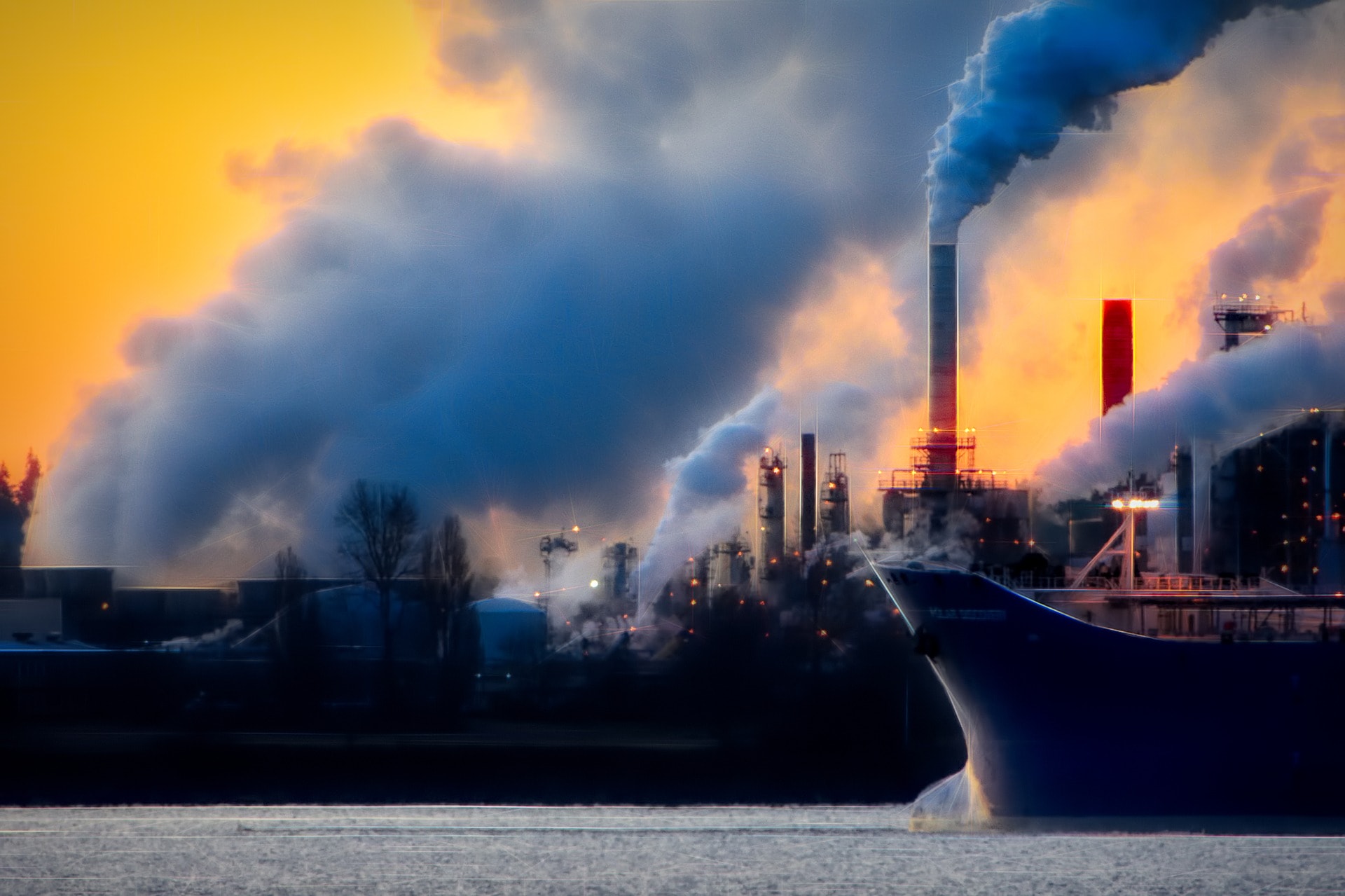Climate change has been widely studied since it was first theorized in the late 19th century. A consensus has formed amongst the scientific community, with over 97% of the world’s scientists agreeing that the use of fossil fuels is causing rapid warming changes to the Earth’s climate and upsetting weather patterns.
The climatic conditions that have led to the success of the planet’s biodiversity are succumbing to more extreme fluctuations, threatening to have a lasting negative impact on the global environment.
The National Oceanographic & Atmospheric Association (NOAA) has kept a running tally of yearly temperature increases dating back 140 years. Nine of the ten warmest years on record have occurred since 2005, and 2019 marked a 43rd consecutive year of above-average ocean and land temperatures.
As part of the Paris Agreement, signatory nations are working towards reducing carbon emissions in order to keep global temperatures from increasing by up to 5°F, however, experts believe we are currently on track to reach 7°F by 2100.
These increases in temperatures are evident when analyzing the increasing frequency of heatwaves in Europe, large-scale wildfires in North America, and Australia as well as larger, more destructive storms in the Caribbean and the Pacific.

Temperature Increases
Scientists have warned that human health will be affected by rising temperatures and certain parts of the world could become uninhabitable. Like many organisms, our bodies are very susceptible to changes in temperature, especially to extremes to which we may not be used to.
Heatwaves like the ones that have become common across Europe have severely impacted public health in recent years. Conservative estimates list the 2019 European heatwave death-toll at 30,000 people, with many more suffering from heat-induced health issues.
However, increased temperatures could have more than just a direct effect on us physically. Rises in temperature can affect everything from physical reaction to heat to disease outbreaks, while simultaneously compromising water security and other resources integral to both human and environmental health.
Abnormal heat changes can lead to a range of other environmental issues that affect human health in different ways, including but not limited to failed crops (malnutrition), pollen production (increased allergies), and microbial proliferation (water or airborne diseases).
Climate change has the ability to seriously alter public health and has already begun to do so with the World Health Organization (WHO) estimating that between 2030 and 2050, 250 000 people will die annually as a direct result of climate change.
The WHO reports that they expect at-risk population groups such as infants and the elderly to be particularly affected, but that if climate change continues unabated, other population groups will also be affected.

Continued Ice Loss
Temperature plays a key role in dictating the weather – making global warming one of the most important factors in determining how serious climate change will be. Scientific records spanning millions of years confirm that the Earth is currently experiencing a rapid, unprecedented warming event.
While the temperature increase may be more subtle in temperate areas, it has been very easy to notice in the polar regions. Arctic nations have noted a steady increase in temperature, evident in the loss of several glaciers and permafrost.
The sea-ice that makes up the majority of the North Pole has been shrinking at an alarming rate. Over the past fifty years, Antarctica has warmed by 3 °C (37 °F) and is currently losing ice at a rate of 250 billion tons per year.
Although this damage is occurring in relatively isolated parts of the globe, the consequences from it are far-reaching. Ice loss has been directly linked to rising sea levels, which is already affecting low-lying island nations and coastal cities.
More important still, loss of ice and snow coverage has reduced the Earth’s effectiveness in reflecting solar radiation. This has created a negative feedback loop where melting ice and snow give way to water and rock, which absorb incoming solar radiation instead of reflecting it away from the planet – further exacerbating global warming and climate change.

Frequent Disasters
This continued absorption of heat is having effects at sea as well, with warmer oceans linked to more frequent and violent storm events, algal blooms, and shifts in marine biodiversity. An increase in the frequency of major storm events as a result of warming oceans has also had a negative effect on public health.
Severe storms such as the ones that ravaged Fiji (2020), the Bahamas (2019) or Puerto Rico (2017), have not only inflicted wide-scale environmental damage but affected key support systems including healthcare. Natural disasters can be followed by outbreaks of disease as a result of damaged infrastructure, compromised public health services, and overwhelmed medical facilities.
These public health issues can be further compounded by a lack of availability of potable water immediately after a natural disaster, however, water security has become an even larger problem outside of extreme weather events. Integral to public health and wellbeing, water is an often undervalued natural resource responsible for many aspects of human health from agriculture to hygiene.
Yet, water security has increasingly become a concern as climate change alters environmental conditions. Drought and water security have long been interlinked. As a result of continued carbon emissions and the greenhouse effect, weather patterns have become more erratic and less reliable over time, affecting rainfall and aquifers and leading to widespread drought. In turn, these droughts increase the chances of wildfires and desertification, compounding and aggravating both environmental and public health issues.
Food Security
While polar regions melt, wildfires and heatwaves become more common, and tropical regions experience more frequent severe storms, agricultural lands and practices are also being affected by climate change. Oceans, whose biodiversity supports a healthy ecosystem as well as a range of industries, have been the site of a major ecological shift.
Fish stocks are expected to drastically reduce in the coming decades as climate change affects nutrient availability and ocean temperature. These changes will push fish further away from the equator to higher latitudes, with researchers noting that many smaller nations relying on fisheries for their economies could flounder while global seafood shortages should be expected. This sentiment is also echoed on land, where the agricultural sector has already noticed a decline in crop yields.
Globally, instances of failed crops have become more frequent as climate change alters weather patterns and the factors crucial to successful pastoral care. In food-insecure nations such as India and Nepal, a food calory decline has already been registered (0.8 and 2.2% respectively), with declines also recorded across Africa and in major European hubs such as France and Germany.
Poor air quality is already responsible for between 11-18 billion USD in crop losses annually globally, and the United States alone could lose 20% of its corn production should temperatures stay within the Paris Agreement levels. Growing uncertainty over food security is fueling discussions regarding the future availability of food and public health issues associated with a drastic reduction in agricultural outputs.
Global Impacts
The effects of climate change on health has long been part of a debate pitting climate skeptics against scientific modeling. However, in recent years the effects of climate change have become more extreme, leading to a range of severe environmental events and shifts in weather patterns.
These rapid changes aren’t just having physical impacts on the environment, but also on the people living within them, prompting an important majority of the world’s population to call out for more action against climate change – yet the effects these impacts are having is still being debated at some of the highest levels of government.
The impacts of climate change show how intertwined we are with global ecology and emphasize the need for solutions to help protect the environment. Continued environmental degradation will impact several key biological properties that are integral to the survival of the planet’s biodiversity. Protecting the environment is protecting the organisms within it – including ourselves.














